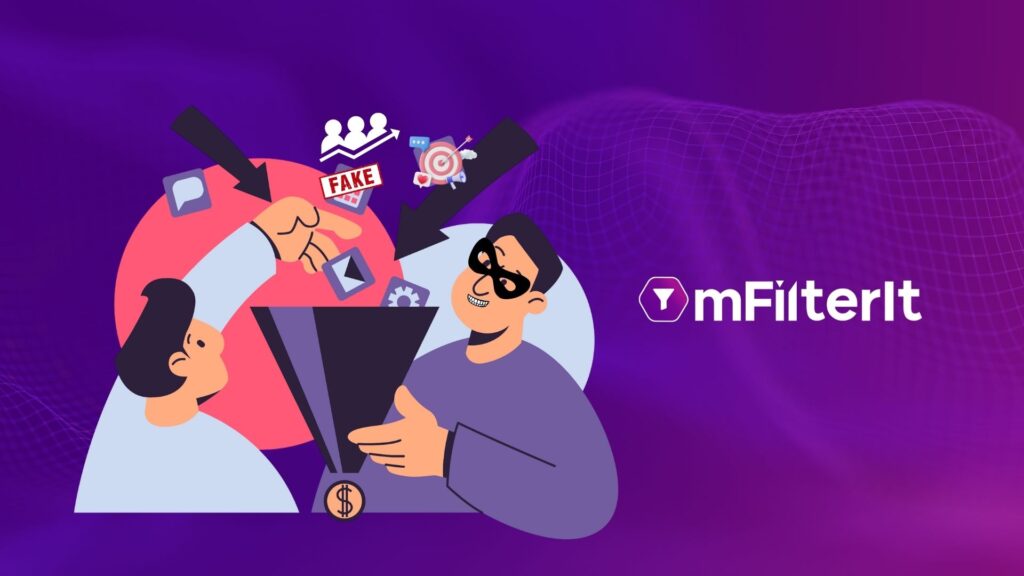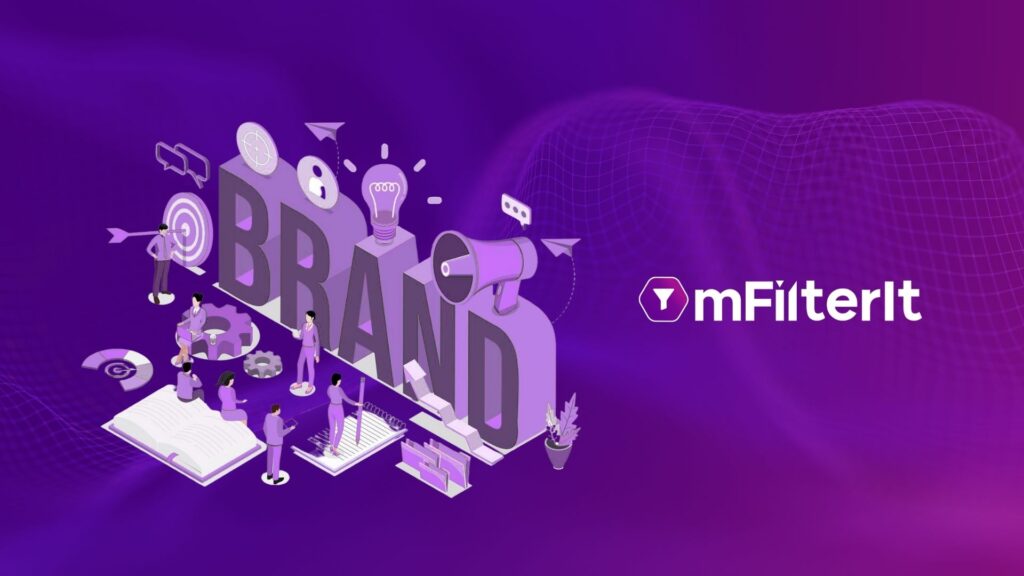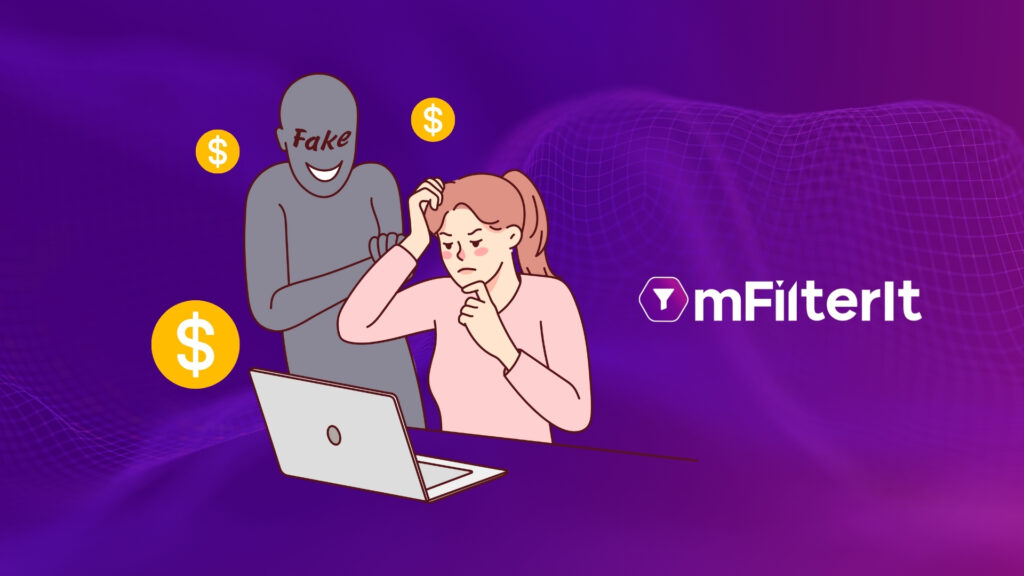In a survey of marketing professionals conducted in 2022, 25% of respondents said that they leverage influencer marketing. Out of these, 89% of the respondents said they would maintain or increase their investment in influencer marketing in the coming years.
By 2024 Influencers are everywhere promoting brands, endorsing products, participating in global events, and selling products via social commerce. As brands invest so much in influencer marketing, they also need Influencer monitoring to ensure their investment reaps the desired results.
Table of Contents
ToggleWhat is Influencer Marketing?
Influencer marketing means collaborating with an influencer or group of influencers for marketing activity like product endorsement and promotion. Influencer marketing has made a big enough impact on the overall marketing landscape.
Influencers are people who can ‘influence’ the purchase decisions of their audience. This is where their power lies. An influencer can be anyone with a sizable online following. The most well-known celebrities and sports personalities have also started taking up influencer deals, a large percentage of influencers are regular people that have managed to grow their digital following with the help of content creation.
According to a study, 50% of millennial audiences trust product recommendations from influencers. The trust and high engagement that influencers enjoy are the reasons they are sought for brand partnerships.
Brands collaborate with influencers due to their relatability with the audience. Since most influencers come from regular families and are regular people turned successful content creators, their content resonates with their audience. Moreover, since this audience is gained by consistently producing engaging content, the engagement levels are incredibly high.
Identifying the Right Influencers for Your Brand
Success with influencer marketing is significantly dependent on choosing the right influencers. Follow these steps to identify the right influencers for your brand.
Authenticate – Research and evaluate potential influencers
With your goals and audience clearly defined, it is time to start evaluating relevant influencers. Based on your audience, you can start shortlisting potential influencers whose audience displays similar qualities.
Once you have a list of potential influencers that you want to partner with, it is time to start researching. This will entail going through their social media profiles to see the kind of content they produce and the kind of engagement they attract.
Here are some influencer authenticity checks:
- Google Analytics Referral Data – For influencers with websites or blogs, analyze their website traffic using Google Analytics to identify suspicious referral sources that might be bots.
- Brand Alignment – An authentic influencer partners with brands and promotes products that align with their values and interests, rather than promoting anything for monetary gain.
- Account Activity Patterns – Bots often exhibit specific patterns, such as posting at consistent intervals or engaging only with specific types of content. Analyze the behavior of an influencer’s followers to identify any suspicious patterns.
- Bot Traffic Analysis – Tools that can help detect bot accounts and spam activities on social media platforms. This can analyze account behavior, activity patterns, and follower characteristics.
- Spike in Follower Growth – Genuine influencers may experience organic growth due to viral content or media exposure, massive and rapid follower increases are often indicative of bot activity.
- Engagement Rate Anomalies – Extremely high engagement rates combined with low follower counts might indicate bot activity artificially inflating engagement.
- Engagement to Follower Ratio – Calculating the average engagement rate (likes, comments, shares) per post relative to the number of followers can help identify if the influencer’s engagement is proportionate to their audience size.
- Followers Quality Analysis – Evaluate the likelihood of fake or bot accounts based on factors such as profile completion, posting activity, and follower-to-following ratio.
Influencer Performance Tracking – Consider relevant metrics and factors for influencer selection
With the data you get from your research and your goal in mind, it should be easy to determine the relevant key performance indicators (KPIs) on which you should evaluate potential influencers.
For instance, if your goal is to improve brand recognition, you may want to focus on metrics like number of followers and engagement on posts. On the other hand, if your objective is to drive more sales, you may be interested in metrics like click-through rate and past sales driven. Here are some metrics that can be tracked with the Influencer monitoring tool:
– Influencer Insights:
Key insights on highest reach, most popular, most active, verified status, influencer category, account size, etc. need to be identified and monitored.
– Activity Monitoring:
The performance of the influencer can be tracked by identifying the reach trend likes trend, and comments trend.
– Audience Analysis:
Track the kind of followers the influencer has with country-wise analysis, city, age, and gender analysis.
– Content Analysis:
Track what kind of content the user creates and identify the content type, most liked most commented content, the highest and lowest engagement rate on the type of content, top hashtags, and languages.
– Sponsored Content Analysis:
Monitor influencer-sponsored activity such as sponsored audience insights, sponsored influencers insights, engagement rate, posts performance, cost efficiencies, and audience quality analysis
– Sentiment Analysis:
Monitor positive, neutral, and negative comments on posts and the most positive & negative comments received.
Brand Safety – Follow ASCI Guidelines
With influencer marketing brands must also be proactive in brand safety measures. Brands often associate with micro and nano influencers which have a lesser number of followers but can help the brand reach the desired set of relevant audiences. However, these influencers are either unaware or not professional and miss out on ASCI requirements like mention of ads or collaboration in videos. Brands need an automated system to identify ASCI violations and ensure compliance with brand guidelines to avoid legal implications and brand reputation damage.
Measuring and Analyzing Influencer Campaigns
A major Indian conglomerate in the FMCG sector is ensuring transparency in influencer marketing campaigns through influencer monitoring.
The FMCG brand detected that an Instagram influencer with 310K followers had a high engagement rate, but 39.17% of their followers were bots! Such insights help brands make informed decisions before collaborations.
Most of the influencers nowadays are pumping up their number with Bots. Brands spending a massive amount of ad budget on influencers must validate the authenticity and prevent wastage of ad spend of influencer’s reach to bring transparency to influencer marketing campaigns. Many influencers also inflate their follower count using bots or bots to show high engagement on posts.
To protect your influencer marketing campaign check before you collaborate, validate Follower Authenticity, and monitor Engagement to ensure posts have genuine interactions, not just inflated numbers with mFilterIt EFFCENT, an influencer and affiliate management software that protects your brand integrity.
Influencer monitoring helps monitor influencer activity, prevent ad budget drain by spending on inflated numbers and bots, and identify ASCI violations to ensure influencers adhere to advertising guidelines.
Conclusion
Influencer marketing is certainly not just about roping in a big online celebrity and hoping they would drive your brand’s sales. Like any other marketing undertaking, influencer marketing demands research, diligence, and an equally reliable performance-tracking system.
Influencer Monitoring can be made easy with swift and automated detection of bots among followers of the influencers with the Influencer monitoring solution. It can help you achieve the desired impact from influencer collaborations, ensuring you pay for genuine engagement and reach. When these steps are implemented correctly, brands can expect their likelihood of success to improve and can even look forward to long-term partnerships with influencers.
Get in Touch to learn more about Influencer Monitoring.








